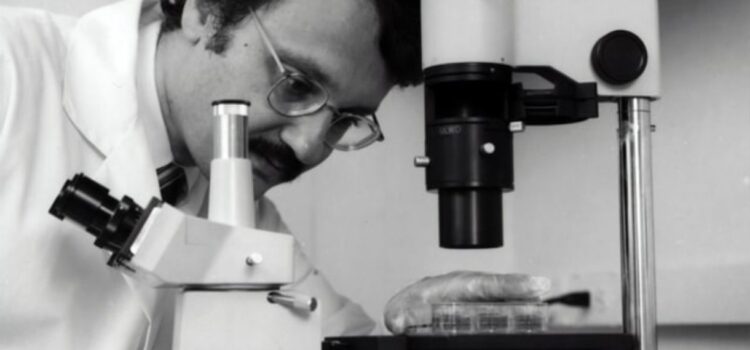

This article is an excerpt from the Shortform book guide to "The Book" by Alan Watts. Shortform has the world's best summaries and analyses of books you should be reading.
Like this article? Sign up for a free trial here.
What’s scientific reductionism? Does it mess with our true sense of self?
Philosopher Alan Watts defines the ego illusion as the false sense of being an individual who exists as an entity separate from other people and the environment. He points the finger at Western science as one of the ways we perpetuate the ego illusion.
Read more to learn the argument that Watts makes in The Book.
Western Science Is Reductive
Watts asserts that Westerners create the ego illusion by putting boundaries on things that don’t really have them and by narrowing their field of view. For example, people create a false boundary when they refer to a river as one discrete object, even though it’s constantly changing in composition, shape, and size.
Watts uses Western science as an example of how Westerners narrow their scope of attention and create the illusion of separateness. Because science focuses on reducing things to their parts and analyzing how those parts work, Westerners imagine the phenomenon of cause and effect. Watts writes that the concept of cause and effect is another example of the ego illusion since the Cosmic Being is one unified process with no cause and effect (similar to the way a circle has no beginning or end).
Watts illustrates this idea with the example of looking through a narrow gap in a fence and watching a cat walk by. If you saw the head first, followed shortly after by the tail, you might assume that the head caused the tail when they’re actually parts of one whole. (Shortform note: Although Watts presents this example like a thought experiment, it doesn’t quite make logical sense unless it’s interpreted metaphorically. Since people are generally familiar with animal anatomy, they’re unlikely to make this logical jump of cause and effect in this scenario. However, the example metaphorically illustrates how people could jump to a false conclusion if they couldn’t perceive the larger context.)
Watts explains that, just like the head and tail of a cat are interlinked, all events and organisms exist mutually, with no singular cause or effect.
(Shortform note: Some physicists believe in the Block Universe Theory of time, which also argues that all events exist mutually. The theory claims that everything that has ever happened and will happen is contained in a “universe block,” and our perception of time depends on where we are in the block relative to other points. Therefore, the forward passage of time is only an illusion. However, the Block Universe Theory includes a beginning and endpoint of the universe, whereas Watts argues that there’s no beginning or end of time.)
Despite the tendency in science to focus on individual components, we can only understand things in context. For example, if scientists are studying how the human heart works, they’re not just studying the heart in isolation—they’re observing what it does inside the human body when connected to other organs under very specific conditions.
(Shortform note: Although Watts criticizes Western science as being reductive in nature, he doesn’t account for the scientific field of ecology, which is defined as the study of the relationships between organisms and their environment (humans, plants, and animals included). Ecology focuses on the connections between things and entire systems rather than individual parts.)
Watts emphasizes that things can only be separated in linguistic terms, and Westerners confuse the name for the true identity of something. For example, if you call one thing “back” and another the “front,” they have different names, but they’re just two different sides of the same thing. In this way, language is constantly reinforcing a concept of separateness that doesn’t exist.
(Shortform note: Although Watts suggests that Westerners confuse distinct names for distinct identities, Christianity includes a deity with multiple names but a unified underlying identity. In Christianity, the Holy Trinity consists of one God in three divine forms: God, his son Jesus Christ, and the Holy Spirit. Based on this counterexample, Westerners don’t necessarily conflate names with identity.)

———End of Preview———
Like what you just read? Read the rest of the world's best book summary and analysis of Alan Watts's "The Book" at Shortform.
Here's what you'll find in our full The Book summary:
- Why the concept of humans as separate beings is an illusion
- Why Westerners must release their egos to end some of society's biggest problems
- How people can escape from the ego illusion






